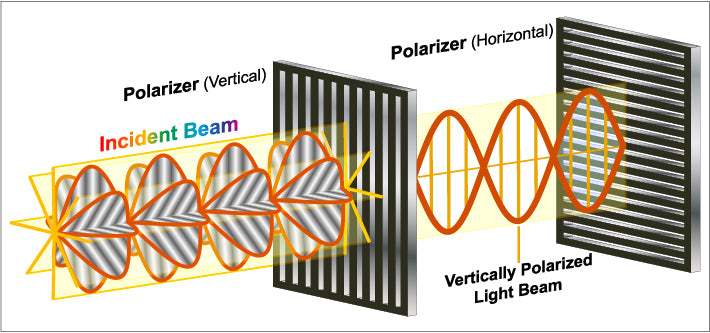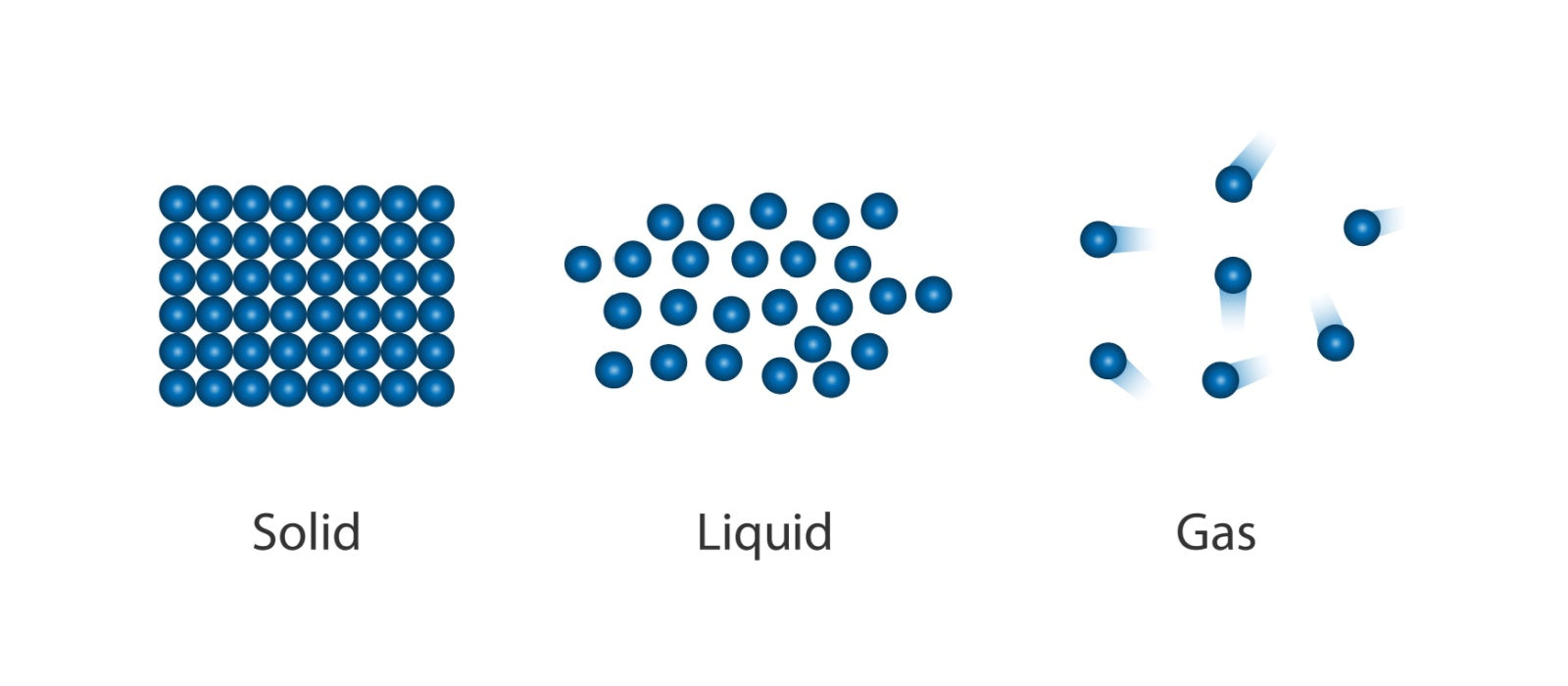
Liquid crystals (LCs) occupy a fascinating niche between solids and liquids, crucially affecting their behavior based on temperature changes. In the realm of displays, LCs are predominantly thermotropic, meaning their molecular organization shifts significantly with temperature variations.
At lower temperatures, LC molecules align in a highly ordered fashion reminiscent of a solid structure. As heat increases, this orderly arrangement loosens, transitioning through distinct phases: first to the smectic phase, then progressing to the nematic phase, and finally reaching an isotropic liquid state where molecules exhibit complete disorder.
In practical terms, modern liquid crystal displays (LCDs) primarily exploit the nematic phase of LCs. This phase is characterized by light scattering properties, giving the LC material a milky appearance. Contrastingly, when LCs transition to the isotropic phase, they become transparent. The temperature at which this transition occurs, known as the clearing point temperature (T_ni), plays a pivotal role in LCD performance.
LCDs operate within a temperature range bounded by the clearing point temperature and the smectic-nematic transition temperature (T_sn). Typical LC parameters see T_ni around 75°C and T_sn around 20°C, effectively meeting standard operational requirements. However, specialized environments such as outdoor displays or automotive applications may necessitate LCDs capable of wider temperature tolerance.
En lire plus

LCDs (Liquid Crystal Displays) use electric signals to control the state of polarized light, creating images. So, before diving into how LCDs display images, let’s get a grasp on the basics of lig...

Liquid Crystal Displays (LCDs) have several key parameters that define their performance and quality, including transmittance, response time, contrast ratio, viewing angle, color gamut, and color ...



Laisser un commentaire
Ce site est protégé par hCaptcha, et la Politique de confidentialité et les Conditions de service de hCaptcha s’appliquent.